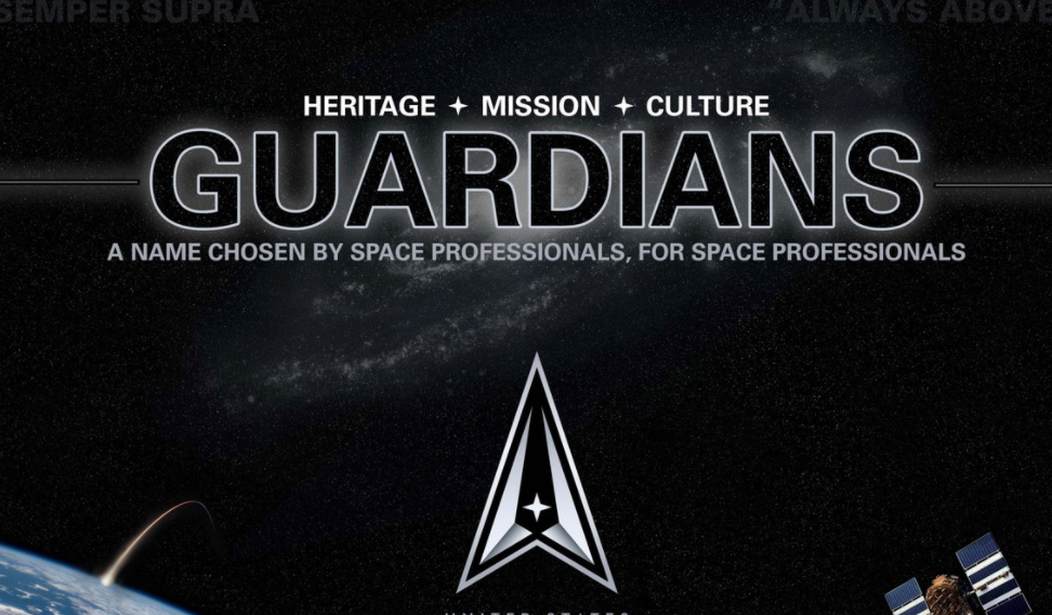Something completely different for the soundtrack. And kind of hilarious.
So I'm putting this together on July 3, because the editorial staff is sure to be drinking bourbon busy and understaffed during the day on the Fourth. Hopefully, nothing too exciting will happen before this goes up tomorrow.
I'm going to lead with Dr Becky talking about the Vera Rubin Observatory. Vera Rubin was the astronomer who made the strongest argument for dark matter.
Andrew McCarthy always has great stuff. You've got to take a lot of pictures to get something like this.
Bonus shot from my latest capture of the ISS transiting the sun: One of the captured frames sat right on the limb against these background prominences.
— Andrew McCarthy (@AJamesMcCarthy) June 30, 2025
The ISS is so iconic, I'm going to miss it when it's gone. pic.twitter.com/2NhiB6n0fw
Andrew is doing these with really pretty simple equipment, no giant observatories or million-dollar scopes.
One of my favorite captures since I got into this hobby: the aftermath of an X class flare on the sun. These loops trace the invisible magnetic field lines on the sun, while moon-sized gobs of plasma rain back down onto the surface. pic.twitter.com/U6kM1CJ1T6
— Andrew McCarthy (@AJamesMcCarthy) June 29, 2025
My Dad was a navigator in the Air Force in the Pacific during World War II. There weren't any fancy electronic aides then, no GPS, not even LORAN around Japan, so they navigated by the stars and by reckoning with measurements of drift and speed.
When he was teaching me the stars 15 years later, we looked at Orion, and at the line of stars that hang from his belt. He was very emphatic, that was Orion's sword.
Well, whatever. But it makes for some cool pictures.
Orion in its full glory pic.twitter.com/6il8sUa7Vo
— Space 8K (@uhd2020) June 29, 2025
This is really interesting. As it says, you don't see dunes like this on Earth. All I can imagine is that it's the low gravity making for a steeper angle of repose.
Real photo of sand dunes on Mars from NASA. Quite amazing, we don’t have these patterns on earth. pic.twitter.com/eC0jS0bSz9
— Curiosity (@MAstronomers) June 29, 2025
So, it's the 4th of July; we need fireworks.
Fireworks of the cosmos 🎇
— NASA Ames (@NASAAmes) July 3, 2025
This glittering collection of stars captured by @NASAHubble is NGC 3603, located 20,000 light-years away in the constellation Carina. pic.twitter.com/PTWrLBesSL
These jets above big thunderstorms were only first observed in the '80s, and it took observation from space to get a clear look. Here's my research assistant on the phenomenon:
- Sprites and jets were first observed from the ground in the late 1980s and early 1990s, before spaceflight provided clearer views.
- Early ground observations were accidental, captured by low-light cameras during research on regular lightning.
- Spaceflight, particularly from the International Space Station, has allowed more frequent and detailed imaging since the 1990s, enhancing our understanding.
- The first space-based observation of a sprite was recorded by the Space Shuttle in 1989, marking a significant advancement.
- Recent advancements, like the 2025 deployment of new atmospheric sensors on the ISS, have improved tracking of these phenomena.
- Historical records suggest ancient cultures may have witnessed similar events, but they lacked the science to identify them as sprites or jets.
An astonishing photo of a gigantic jet, a rare and powerful lightning phenomenon, was captured from the International Space Station on Friday by NASA astronaut Nichole Rhea Ayers. Wow!!! pic.twitter.com/h9AF5f1e5t
— Volcaholic 🌋 (@volcaholic1) July 3, 2025
Another shot. It may be the same event, but a cool photo.
Just. Wow. As we went over Mexico and the U.S. this morning, I caught this sprite.
— Nichole “Vapor” Ayers (@Astro_Ayers) July 3, 2025
Sprites are TLEs or Transient Luminous Events, that happen above the clouds and are triggered by intense electrical activity in the thunderstorms below. We have a great view above the clouds, so… pic.twitter.com/dCqIrn3vrA
More fireworks.
A nice prominence eruption was observed on Thursday morning off the west limb beginning around 07:00 UTC (July 3). This resulted in a fairly bright coronal mass ejection (CME) that is directed to the west and away from Earth. pic.twitter.com/KScv7D1FWh
— SolarHam (@SolarHam) July 3, 2025
When Andromeda gets here, it will be amazing. Long wait, though.
Earth's night sky in 4 billion years from now pic.twitter.com/VctKT8Hffu
— Curiosity (@MAstronomers) July 3, 2025
And considering the date, we have to have the Statue of Liberty.
NGC3576 The Statue of liberty nebula by Nicolás Molina (astroBin) https://t.co/lWiASmMfLK pic.twitter.com/7WdADU115p
— Julio Maiz (@maiz_julio) June 21, 2025
NGC3576 The Statue of liberty nebula by Martin Heyman pic.twitter.com/ptvRERWF16
— Julio Maiz (@maiz_julio) June 13, 2025
For the upcoming 4th of July, a spectacular image of the star-forming region NGC 3576, also known as The Statue of Liberty Nebula. pic.twitter.com/UQTwecRlPc
— Mario Livio (@Mario_Livio) June 30, 2023
And that's it for this week, I think. Think of us at PJ Media, drinking bourbon hard at work with your news and opinion from the most trustworthy source. As always, I love comments, and you can find daily sky candy and science content at my Substack, The Stars Our Destination. See you next week, with more Sky Candy.










